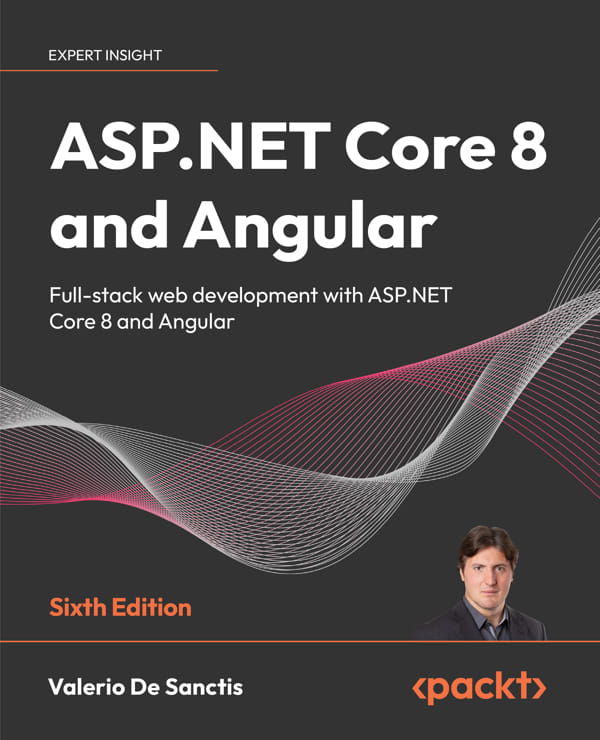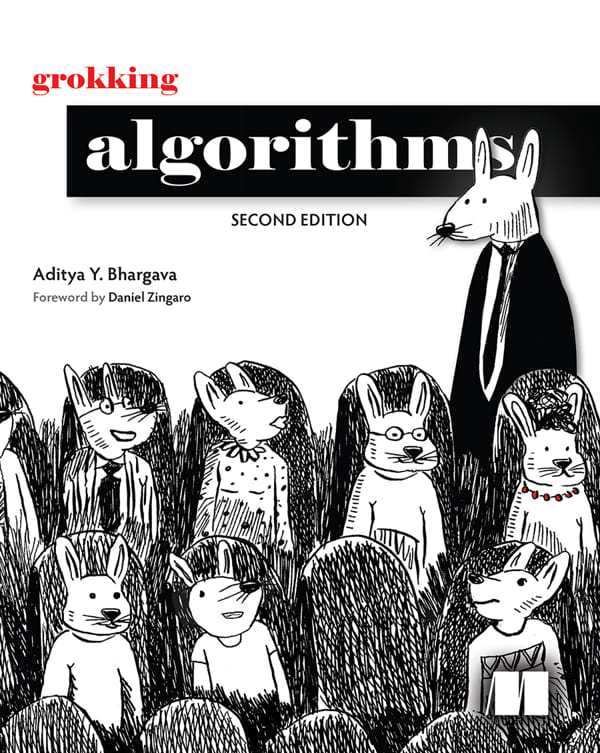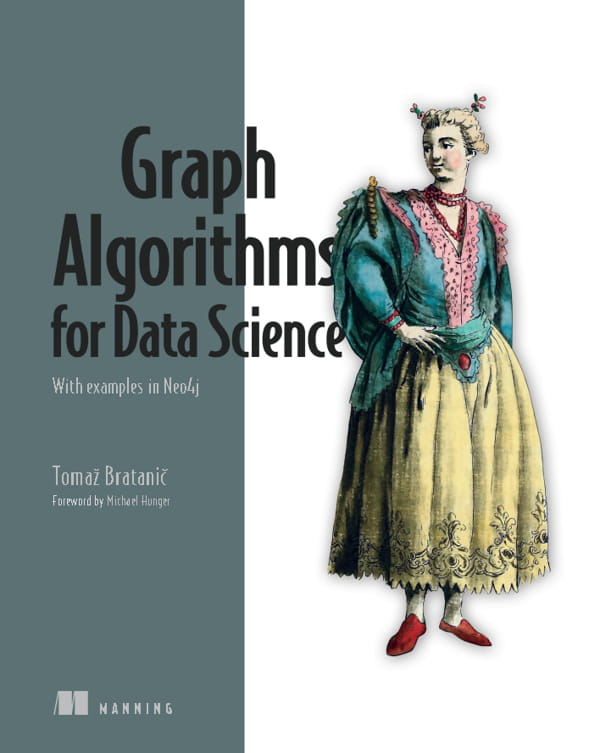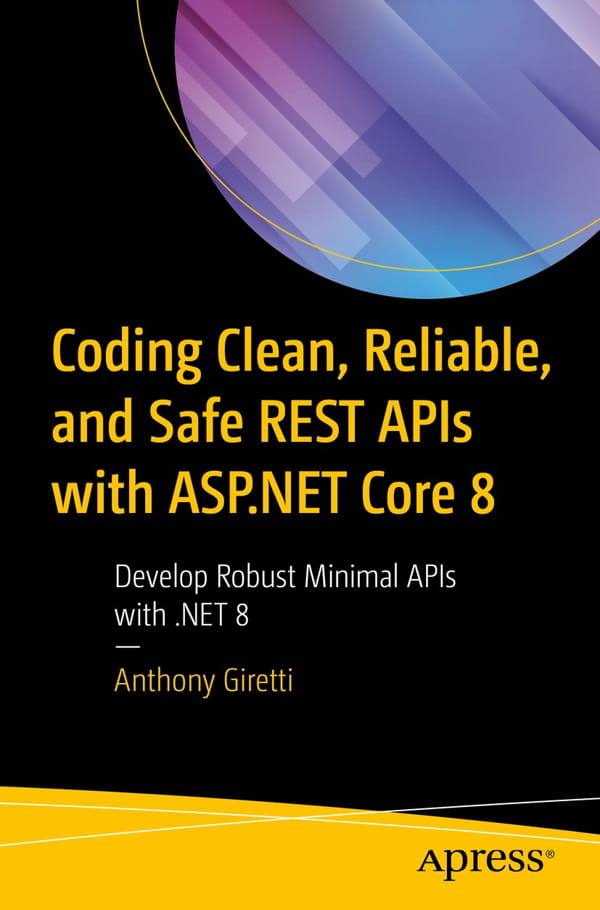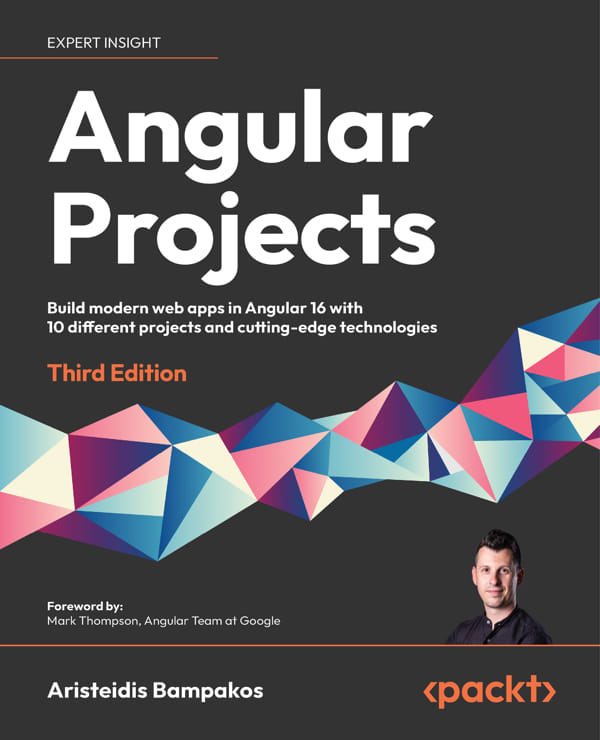کتاب Evolving Software Processes (فرآیندهای نرم افزاری در حال تکامل)، عناصر اصلی تکامل فرآیندهای نرمافزاری، مانند DevOps و مقیاسپذیری فرآیند چابک در GSD را فراهم میکند تا پایهای محکم برای فرآیندهای موفق و پایدار آینده ایجاد کند.
ممکن است کسی استدلال کند که در حال حاضر کتابهای زیادی وجود دارند که شامل شرح فرآیندهای نرم افزاری هستند. پاسخ «بله، اما» است. آشنایی با فرآیندهای نرم افزاری موجود کافی نیست. درک تکامل و پیشرفت در فرآیندهای نرم افزاری بسیار مهم است تا توسعه دهندگان به طور مناسب مسائل، کاربردها و محیط هایی را که آنها به کار برده میشوند را بررسی کنند. ارائه دانش پایه برای این وظایف مهم، هدف اصلی این کتاب است.
صنعت در جستجوی قابلیتهای مدیریت فرآیند نرم افزار است. ظهور همهگیری COVID-19 بر نیاز صنعت به قابلیتهای مدیریت فرآیند ویژه نرمافزار تأکید میکند. اکثر محصولات و خدمات امروزی به میزان قابل توجهی مبتنی بر نرم افزار هستند و نتایج برنامههای توسعه در مقیاس بزرگ هستند. موفقیت چنین برنامه هایی به شدت به قابلیتهای مدیریت فرآیند بستگی دارد، زیرا آنها معمولاً به هماهنگی صدها یا هزاران توسعه دهنده در رشتههای مختلف نیاز دارند. علاوه بر این، توسعه نرمافزار و سیستم معمولاً در مرزهای جغرافیایی، فرهنگی و زمانی توزیع میشوند که فعالیتهای مدیریت فرآیند را در وضعیت همهگیری کنونی چالشبرانگیزتر میکند.
این کتاب یک نمای کلی بسیار جامع از تکامل در فرآیندهای نرم افزاری ارائه میدهد و بستری را برای شاغلان، محققان و دانشجویان فراهم میکند تا در مورد مطالعات مورد استفاده برای مدیریت جنبههای فرآیند نرم افزار از جمله مدیریتی، سازمانی، اقتصادی و فنی بحث کنند. این کتاب، فرصتی را برای ارائه شواهد تجربی نیز فراهم میکند، و همچنین تکنیک ها، ابزارها، چارچوبها و رویکردهای جدیدی را برای به حداکثر رساندن اهمیت مدیریت فرآیند نرم افزار پیشنهاد میکند.
Table of Contents:
- 1 ReMo: A Recommendation Development Model for Software Process Improvement Based on Correlation Analysis
- 1.1 Introduction
- 1.2 Motivation
- 1.3 Related Work
- 1.4 Recommendation Development Model: ReMo
- 1.5 Case Studies
- 1.6 Evaluation
- 1.7 Discussion
- 1.8 Conclusion
- Acknowledgments
- References
- Appendix. Example Recommendations in Case Studies
- 2 A Framework for a Sustainable Software Security Program
- 2.1 Introduction
- 2.2 Software Security Best Practices
- 2.3 Software Security in Visma
- 2.4 Top-Down and Bottom-Up Approach of a Sustainable Program
- 2.5 Explorability of a Sustainable Software Security Program
- 2.6 Exploiting Existing Services
- 2.7 Pitfalls of a Sustainable Software Security Program
- 2.8 Further Reading
- 2.9 Conclusion
- Acknowledgments
- References
- 3 Linking Software Processes to IT Professionalism Frameworks
- 3.1 Introduction
- 3.2 Process Standards
- 3.3 IT Professionalism Standards
- 3.4 Linking Software Processes and IT Professionalism Frameworks
- 3.5 Analysis of Recommended Skills in Processes According to Participating Professional Roles
- 3.6 Conclusions
- References
- 4 Monitoring and Controlling Software Project Scope Using Agile EVM
- 4.1 Introduction
- 4.2 Related Work
- 4.3 EVM Applications and Calculation
- 4.4 Research Methodology
- 4.5 Quantification of A-SPSRI Elements and Running Simulation
- 4.6 Experimental Evaluation of Simulated Results
- 4.7 Conclusion
- References
- 5 Modeling Multi-Release Open Source Software Reliability Growth Process with Generalized Modified Weibull Distribution
- 5.1 Introduction
- 5.2 Background
- 5.3 Proposed Models
- 5.4 Performance Evaluation with Data Analysis
- 5.5 Conclusion
- References
- 6 Developing a Reference Model for Open Data Capability Maturity Assessment
- 6.1 Introduction
- 6.2 Literature Review
- 6.3 Model Development
- 6.4 Open Data Capability Maturity Model
- 6.5 Conclusion
- References
- Appendix A. Existing maturity models in the open data domain
- Appendix B. An example process definition of ODM2 open data discovery process
- 7 AHP-Based Prioritization Framework for Software Outsourcing Human Resource Success Factors in Global Software Development
- 7.1 Introduction
- 7.2 Literature Review
- 7.3 Research Methodology
- 7.4 Proposed Methodology
- 7.5 Limitations
- 7.6 Implications of the Study
- 7.7 Conclusions and Future Work
- References
- 8 A Process Framework for the Classification of Security Bug Reports
- 8.1 Introduction
- 8.2 Related Work
- 8.3 Proposed Methodology
- 8.4 Experimental Setup
- 8.5 Results and Discussion
- 8.6 Conclusion
- References
- 9 A Systematic Literature Review of Challenges Factors for Implementing DevOps Practices in Software Development Organizations: A Development and Operation Teams Perspective
- 9.1 Introduction
- 9.2 Research Methodology
- 9.3 Results
- 9.4 Discussion and Summary
- 9.5 Threats to Validity
- 9.6 Conclusions and Future Study
- References
- Appendix A. Selected Primary Studies
- Appendix B. DevOps Practitioners
- 10 DevOps’ Culture Challenges Model (DC2M): A Systematic Literature Review Protocol
- 10.1 Introduction
- 10.2 Background
- 10.3 Systematic Literature Review Protocol
- 10.4 Creating the Search String
- 10.5 Search Strategies
- 10.6 Final Search String Construction
- 10.7 Selection Criteria and Search Process
- 10.8 Assessment of Publication Quality
- 10.9 Data Extraction Stage
- 10.10 Data Synthesis
- 10.11 Discussion
- 10.12 Validation of Review Protocol
- 10.13 Limitation
- References
- 11 Critical Challenges of Designing Software Architecture for Internet of Things (IoT) Software System
- 11.1 Introduction
- 11.2 Background
- 11.3 Research Questions
- 11.4 Research Methodology
- 11.5 Continent-Wise Comparison of the Challenges Found
- 11.6 Limitations
- 11.7 Conclusion and Future Work
- References
- 12 Challenges to Project Management in Distributed Software Development: A Systematic Literature Review
- 12.1 Introduction
- 12.2 Related Work
- 12.3 Methodology
- 12.4 Results and Discussion
- 12.5 Conclusion and Future Work
- References
- 13 Cyber Security Challenges Model: SLR-Based Protocol and Initial Findings
- 13.1 Introduction
- 13.2 Related Work
- 13.3 Systematic Literature Review (SLR) Protocol
- 13.4 Research Questions
- 13.5 Search Term Construction
- 13.6 Strategies for Searching
- 13.7 Process of Search String
- 13.8 Selection of Publication
- 13.9 Assessment of Publication Quality
- 13.10 Data Extraction Phase
- 13.11 Literature Search and Selection
- 13.12 Results
- 13.13 Discussion
- 13.14 Limitations
- 13.15 Conclusion and Future Work
- References
- 14 A Process Assessment Model for Human Resource Skill Development Enabling Digital Transformation
- 14.1 Introduction
- 14.2 Literature Review
- 14.3 Process Assessment Model for Human Resource Skill Development
- 14.4 Application of the Process Assessment Model for DX-HRSD
- 14.5 Findings and Discussions
- 14.6 Conclusion
- References
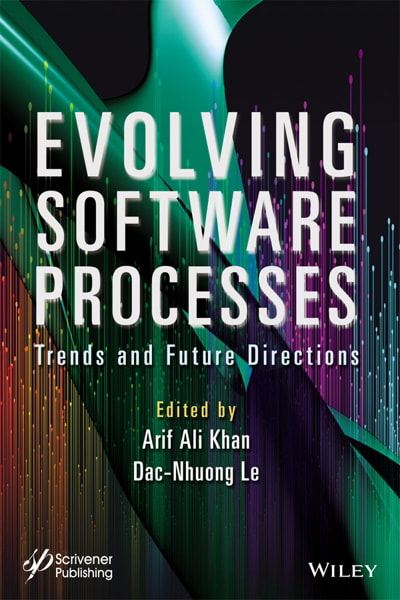
 می پسندم
می پسندم
 به درد نمی خوره
به درد نمی خوره





